Around the World in Many Days, II: Madagascar
If at some future date, a budding meteorologist proves beyond a doubt that Morondava is the most humid place on earth, we will not be too surprised, for throughout the three days that we spent there, arranging for the trip ahead and recovering from it, we were quite figuratively swimming in our own sweat.
R S
11 chapters
16 Apr 2020
[Madagascar] Chapter XXII: In which we find out that, even here, it is convenient to have some money
Morondava and Tsingy, Madagascar, 4-12 October 2017
If at some future date, a budding meteorologist proves beyond a doubt that Morondava is the most humid place on earth, we will not be too surprised, for throughout the three days that we spent there, arranging for the trip ahead and recovering from it, we were quite figuratively swimming in our own sweat.

From what we have seen so far, the vast majority of tourists tour Madagascar in one of two ways --- either as part of an organised group, or by hiring a car and a driver-guide to take them everywhere around the island. We have opted for neither, choosing instead to use our own wits and the people's public transport system, the taxi-brousse.
Until now, that is, for our next destination, the Parc National des Tsingy de Bemaraha (a.k.a. "Tsingy"), has no regular public transport to it, which required us to find a person to hire a non-air-conditioned 4WD car and a driver from, not necessarily a simple task in a place where everyone tries to sell you something, and where prices seem to be suspiciously similar wherever you ask. We finally found someone who seemed slightly more reputable than others and paid him for a four-day trip (one day to get there, two days in the park, and one day to return). If there were any regular public transport to that region, it would probably have cost us less than US$35 to get there and back, but as there is none, it cost us US$350 (just for transport, not including park/guide fees ($170) or lodging/food ($130)).
And so began a four-day excursion to Tsingy and back:
- Day 1: Inhumanly hot. A 9-hour, 200-kilometre drive from Morondava to Bekopaka, via the famous Allée des Baobabs, on an unpaved road, plus two river ferries. About 40 kilometres before our destination, the car broke down. Luckily, a pair of elderly French ladies passed by with their chauffeur and gave us a lift, while our driver continued to attempt to fix the problem, which he eventually did.
- Day 2: Indescribably hot. A two-hour trip in a pirogue (a local dug-out wooden boat), followed by a three-hour walk in the Petits Tsingy portion of the park (circuits: Gorge de Manambolo + Andadoany). We did both with the two French ladies who had rescued us the day before.
- Day 3: Incomprehensibly hot. A five-hour walk-and-climb in the Grands Tsingy portion of the park (circuit: Andamozavaky).
- Day 4: Inconceivably hot. A drive back to Morondava along the same route.
Was it worth the time, the money, the heat, and having our own driver to attend to us? Resoundingly, yes!
The tsingy referred to in the park's name are unique geologic formations of dense labyrinthine "forests" of jagged vertical plates and needles of karstic rock, several metres high in the the Petits Tsingy region, tens of metres high in the Grands Tsingy region. Whereas the walk among the small tsingy was uniquely remarkable and awe-inspiring, the jewel in the crown was the experience of climbing the big tsingy, navigating over and under and between and through them, culminating in a 74-metre ascent of an almost vertical tsingy cliff. The experience was quite unforgettable, but --- alas --- somewhat better preserved in neurochemical memory than in flash-based one.
Accommodations:
- Hotel Trecicogne, Morondava (2 nights; quite nice, when there was electricity and air-conditioning)
- Morondava Beach Hotel, Morondava (1 night; not so good, but everywhere else was full or too expensive)
- Tanankoay, Bekopaka (3 nights; ok for such a godforsaken place)
- Hotel Trecicogne, Morondava (2 nights; still quite nice)
Photo captions: (a-i) baobabs at or near the Allée des Baobabs; (j-s) people on the road to or from Bekopaka; (t-y) people on the Tsiribinha and Manambolo rivers; (z-cc) car ferries on the Tsiribinha river; (dd-ii) scenes from our pirogue ride in the Manambolo gorge and its caves; (jj-uu) scenes from our walk in the Petits Tsingy; (vv-ooo) scenes from our climb in the Grands Tsingy; (ppp-rrr) panoramas of the Grands Tsingy; (sss-ttt) von der decken's sifakas; (uuu-vvv) brown lemurs; (www) red-tailed sportive lemur; (xxx) mongoose; (yyy) crested kua; (zzz) giant kua; (aaaa-bbbb) lizards; (cccc) millipede; (dddd) butterfly; (eeee-gggg) iguanas around our hotel; (hhhh) a frog in our room


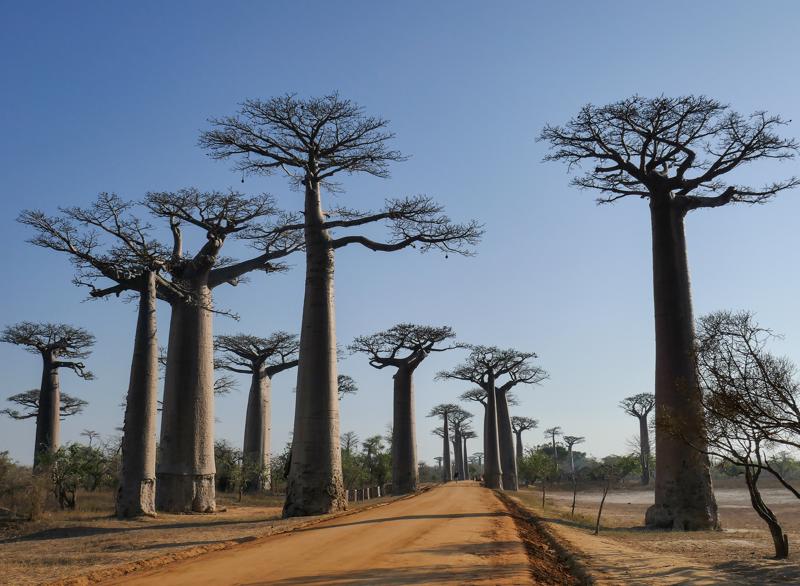
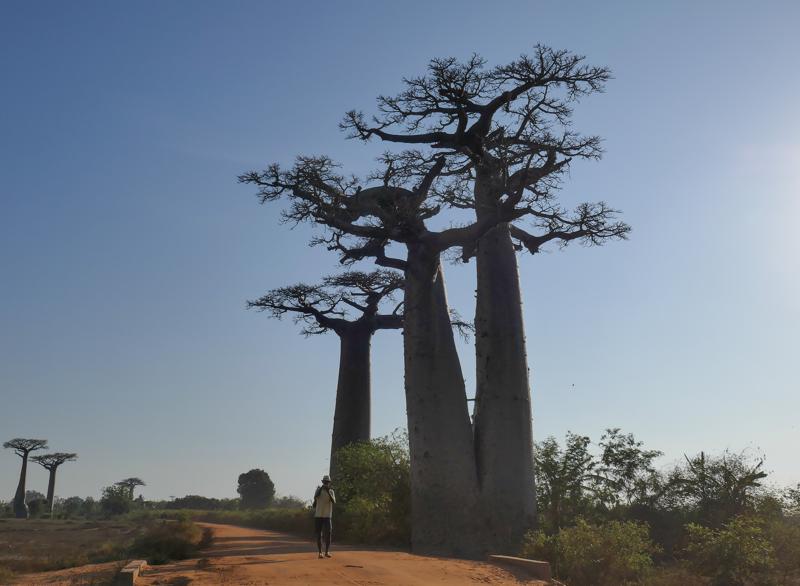
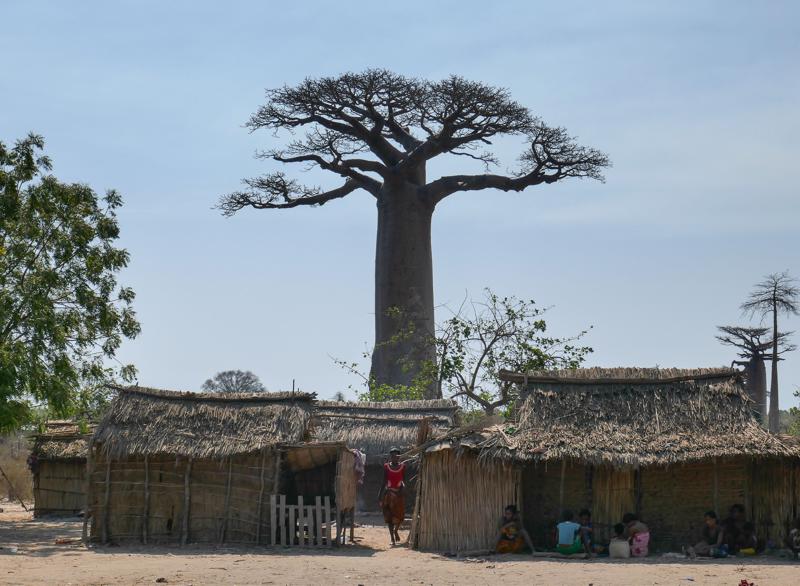

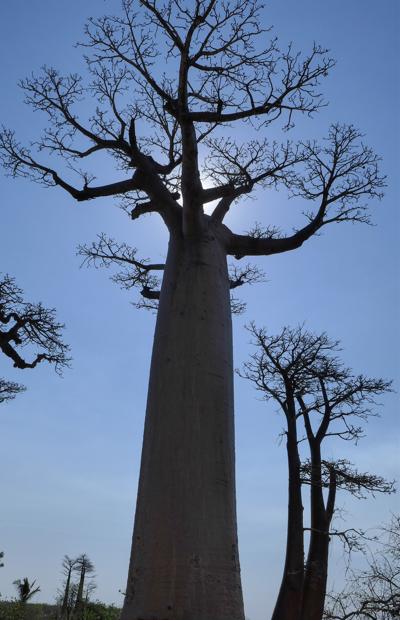



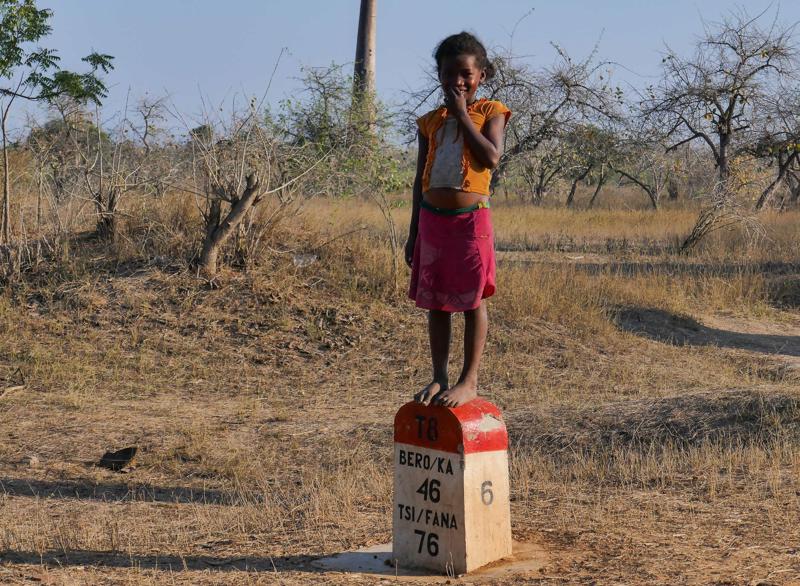
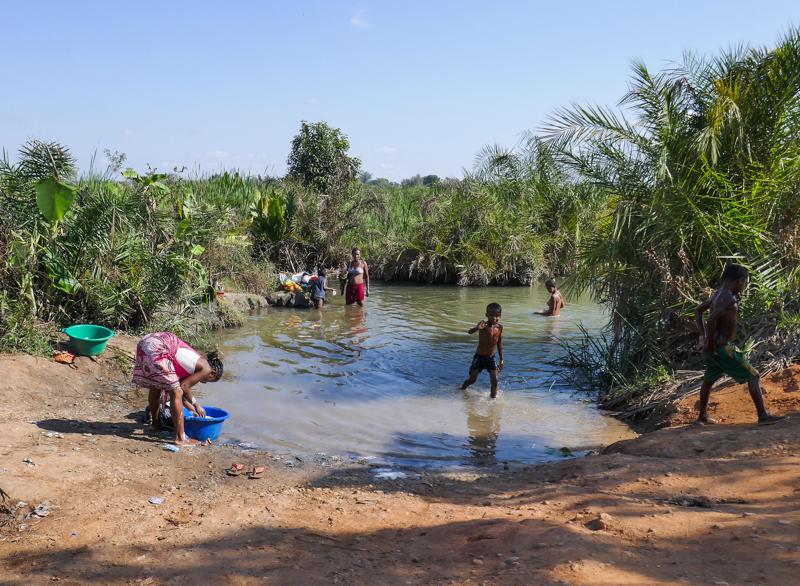
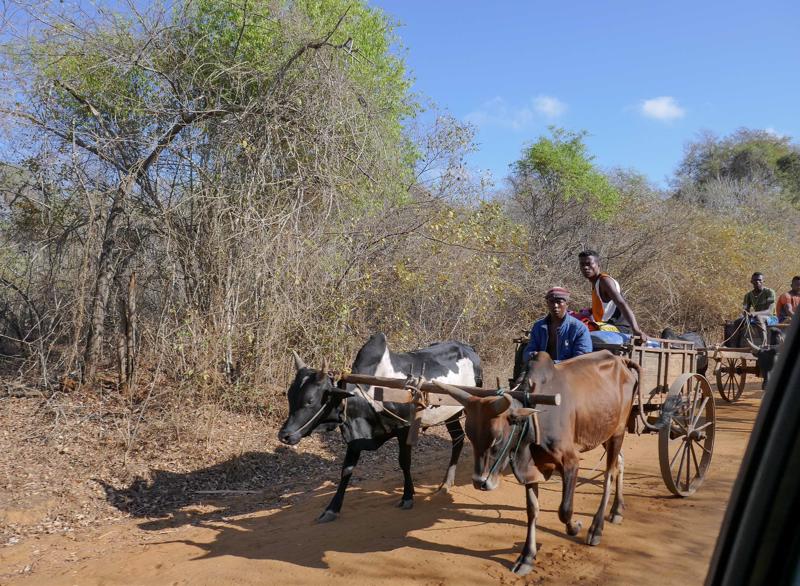
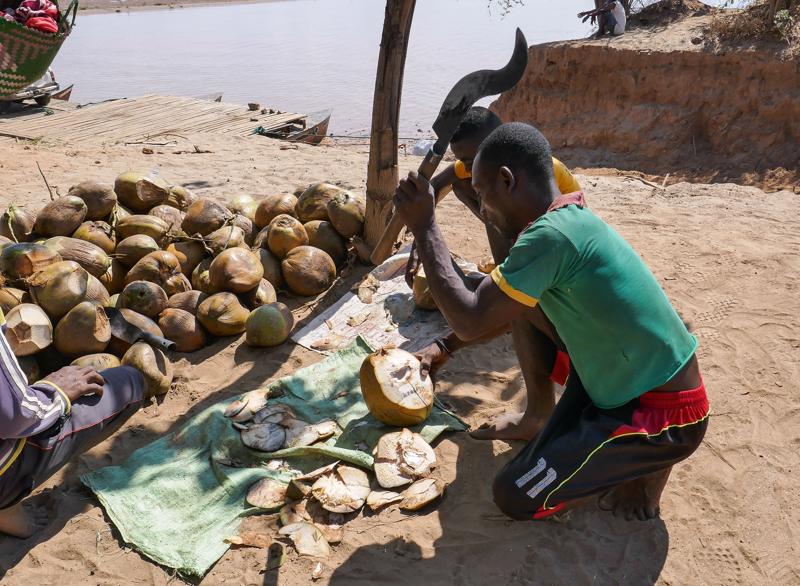
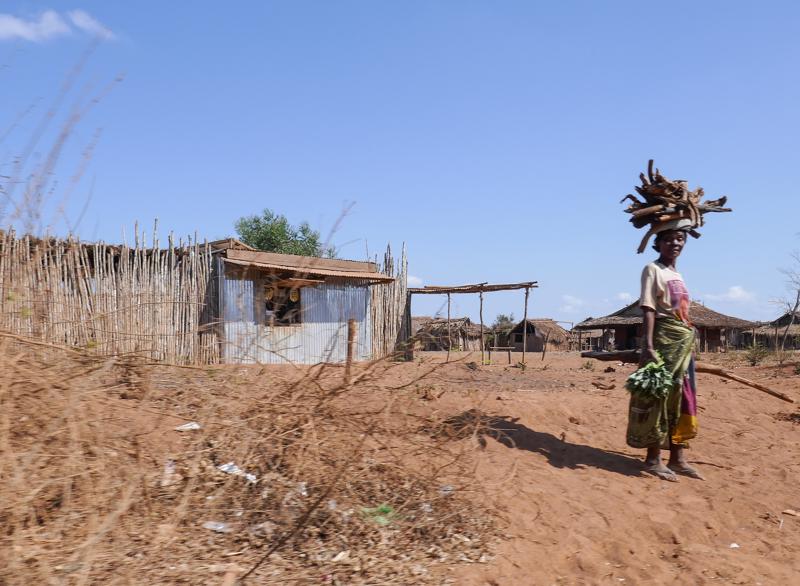

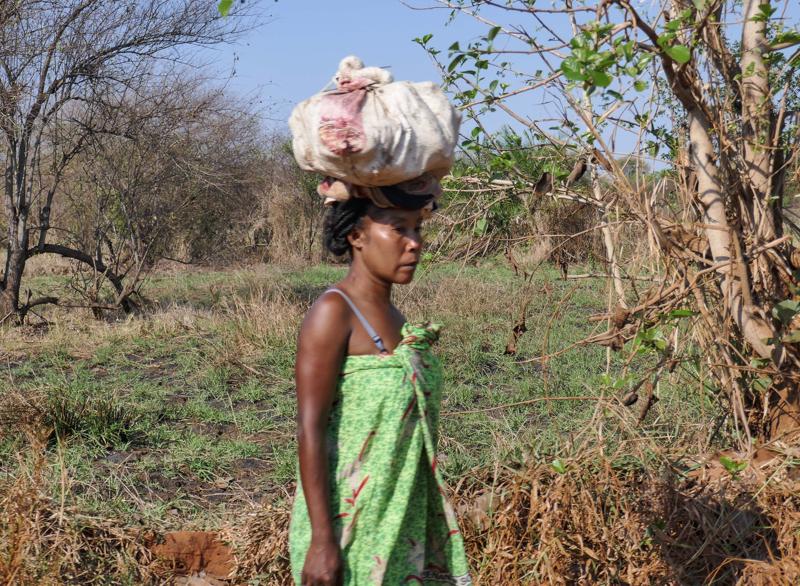
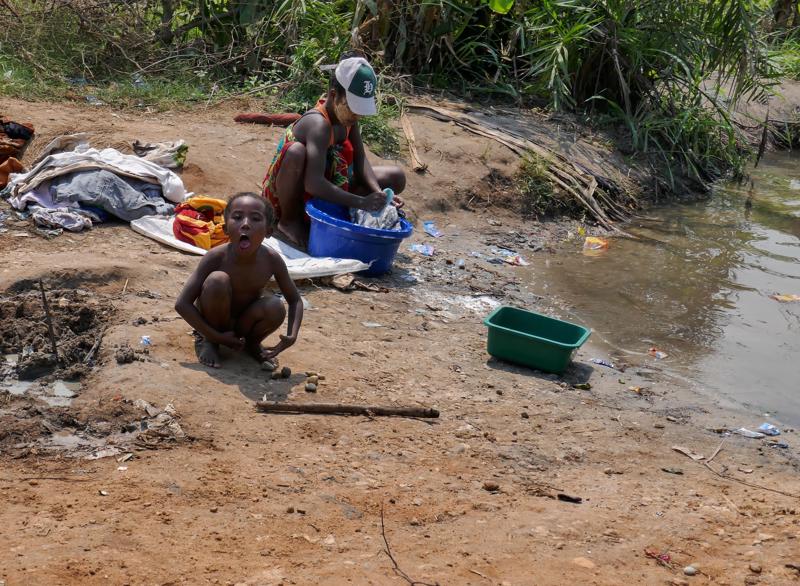





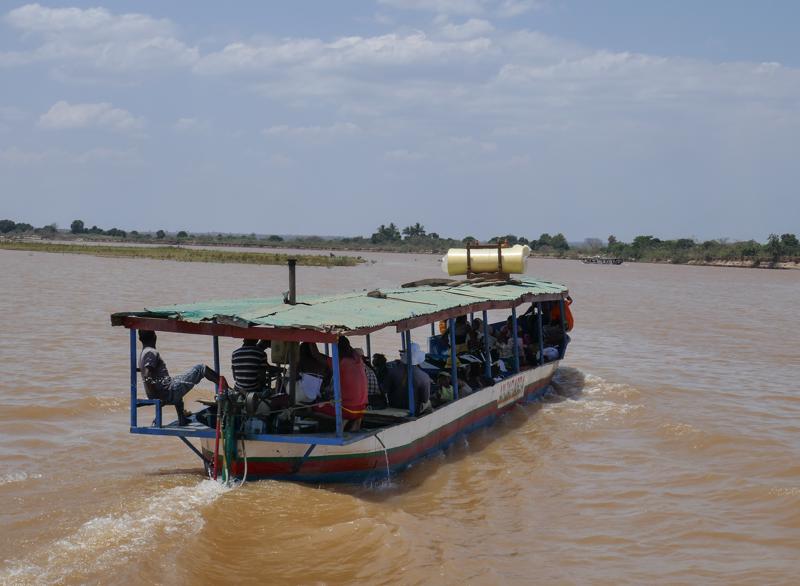
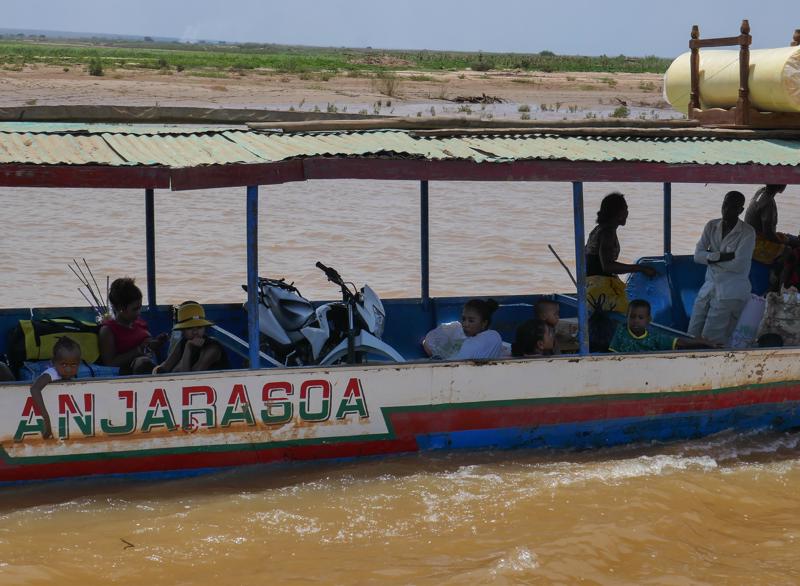
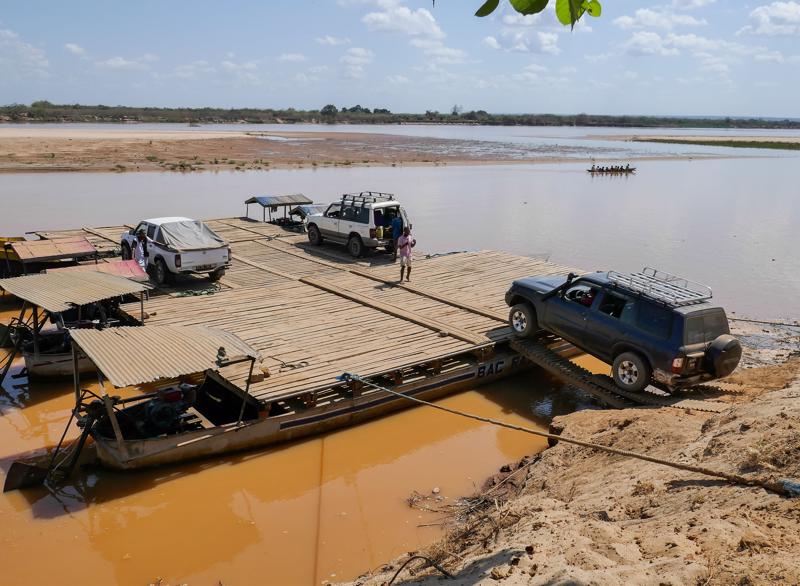
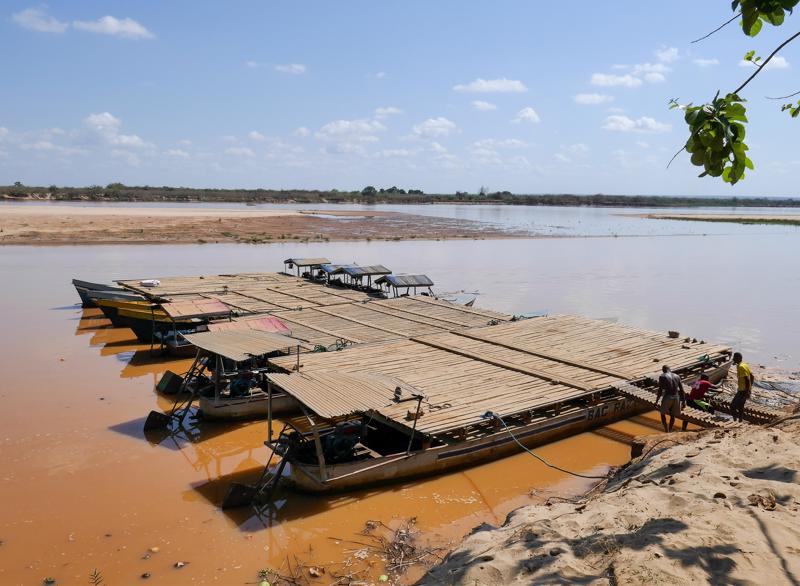

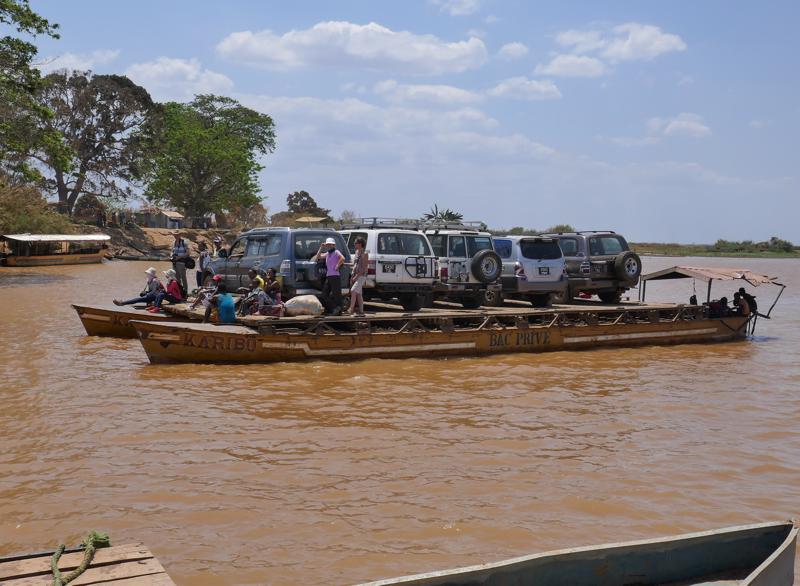
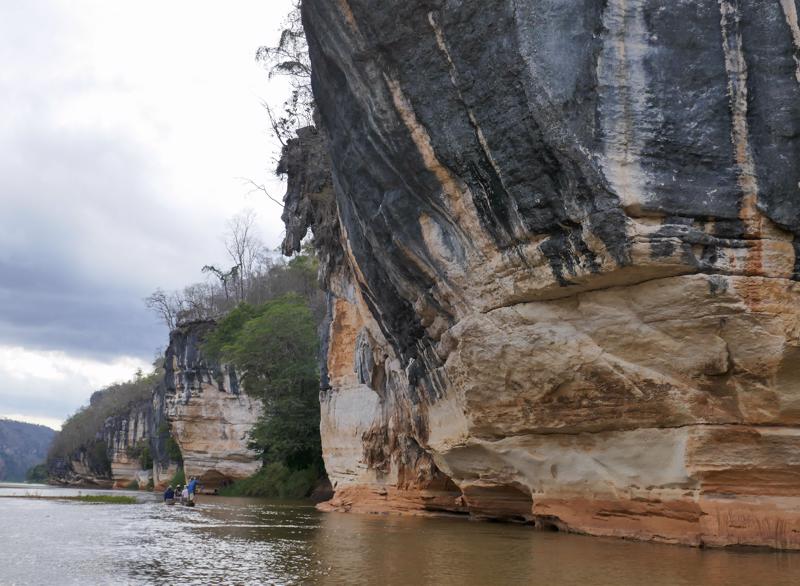

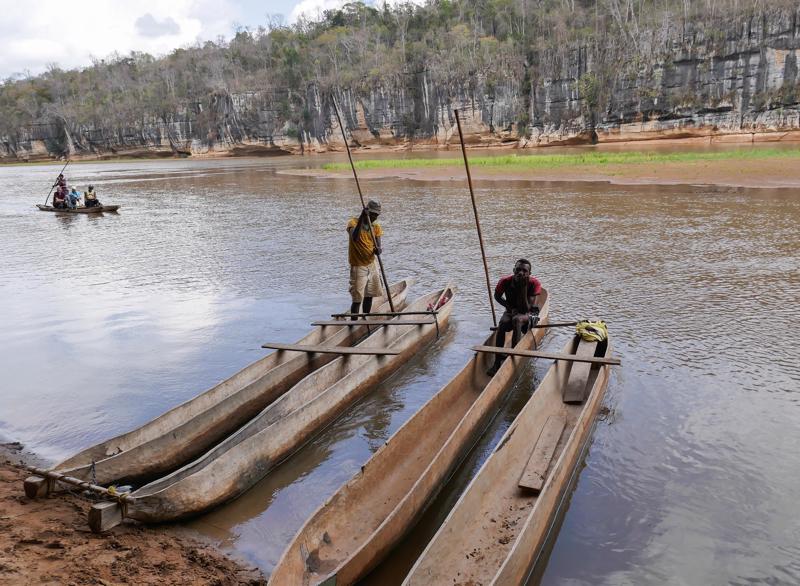


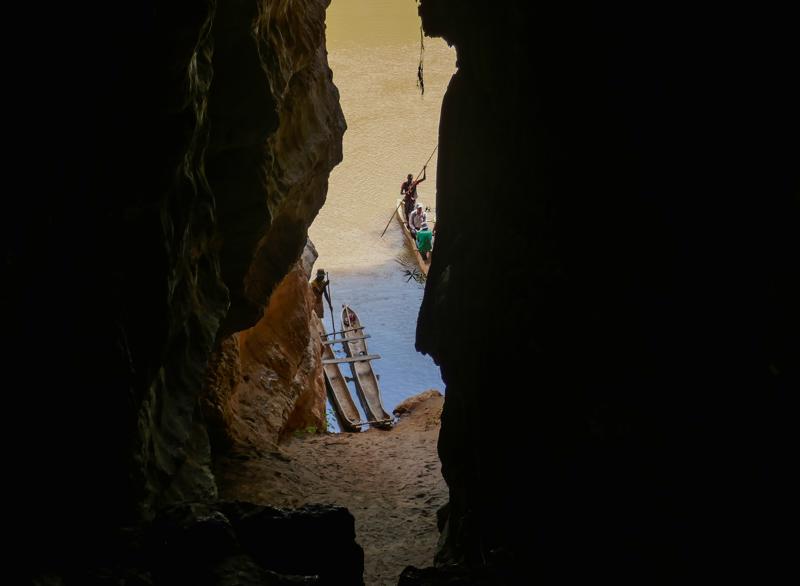
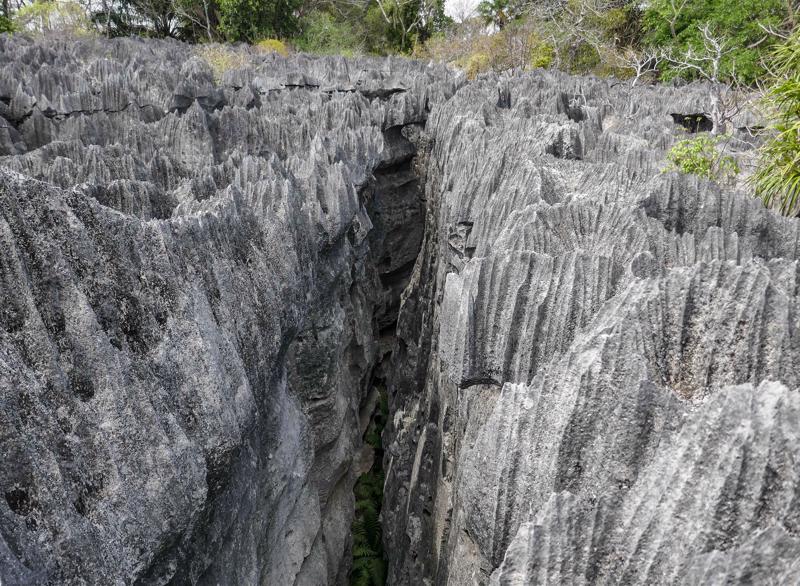
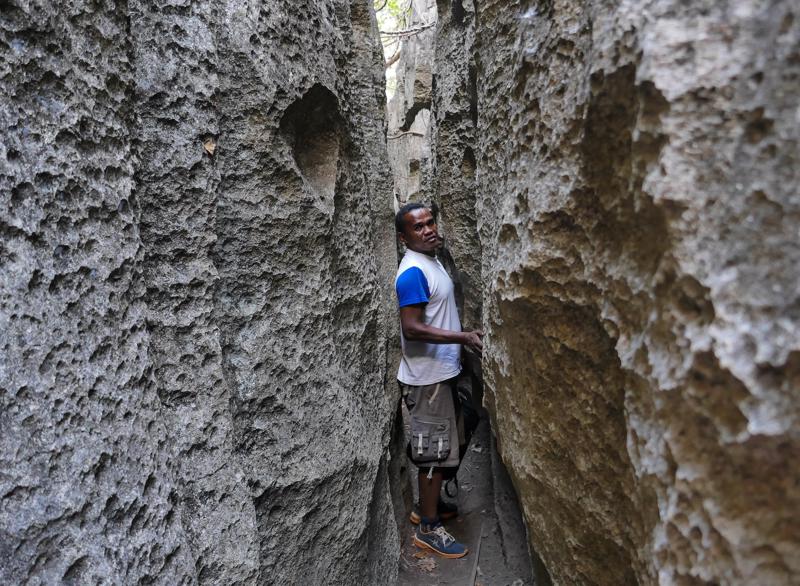

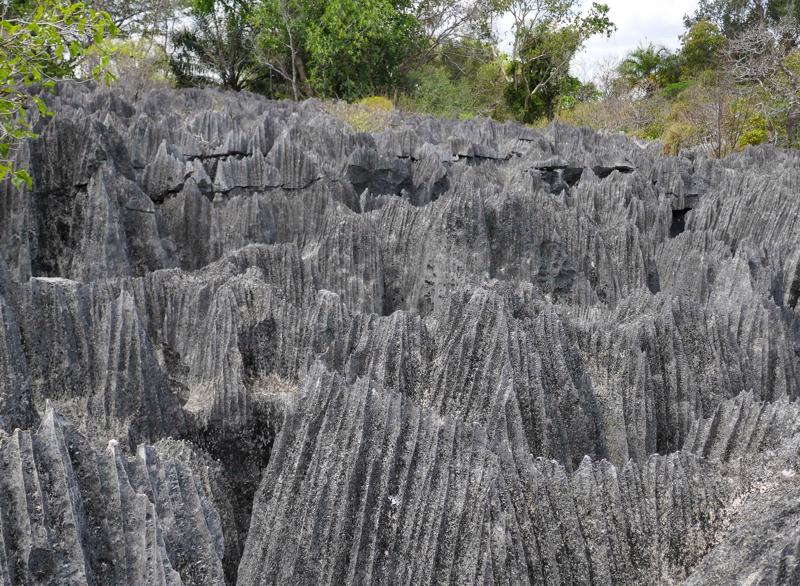
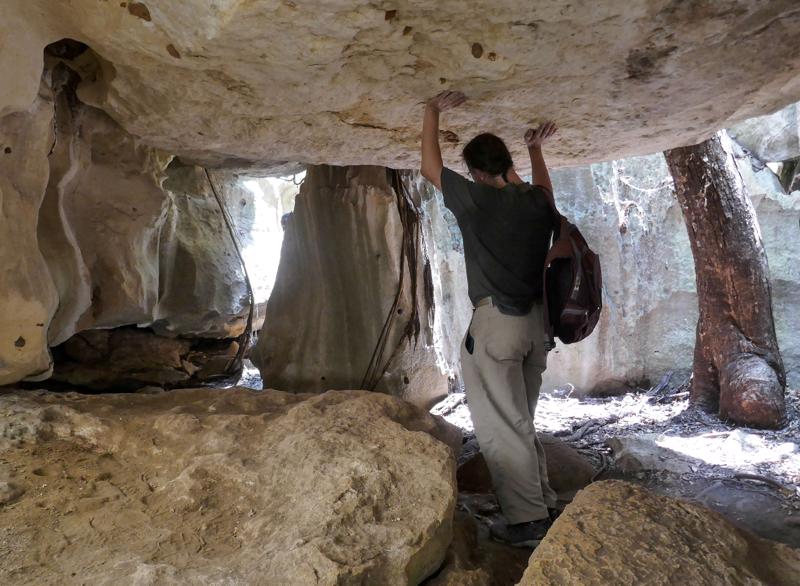

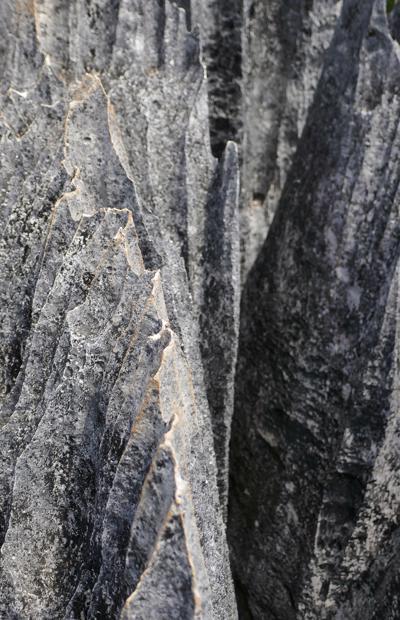
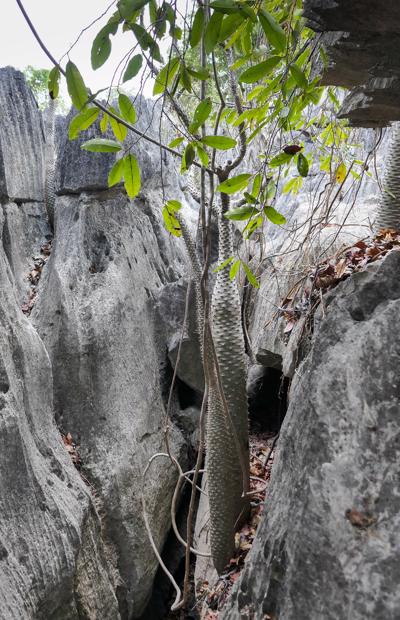
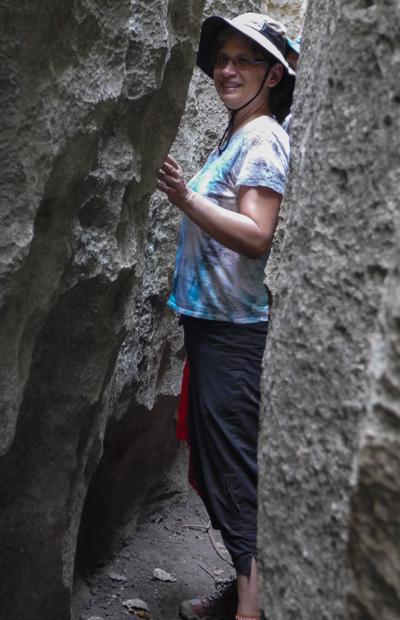
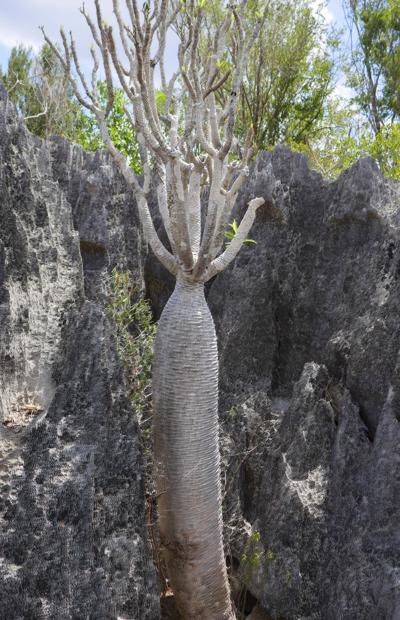
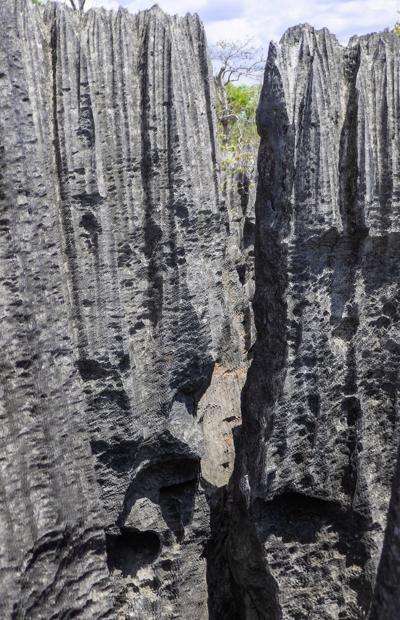
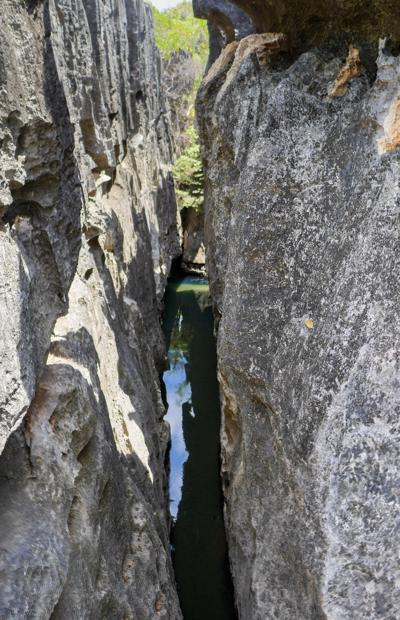
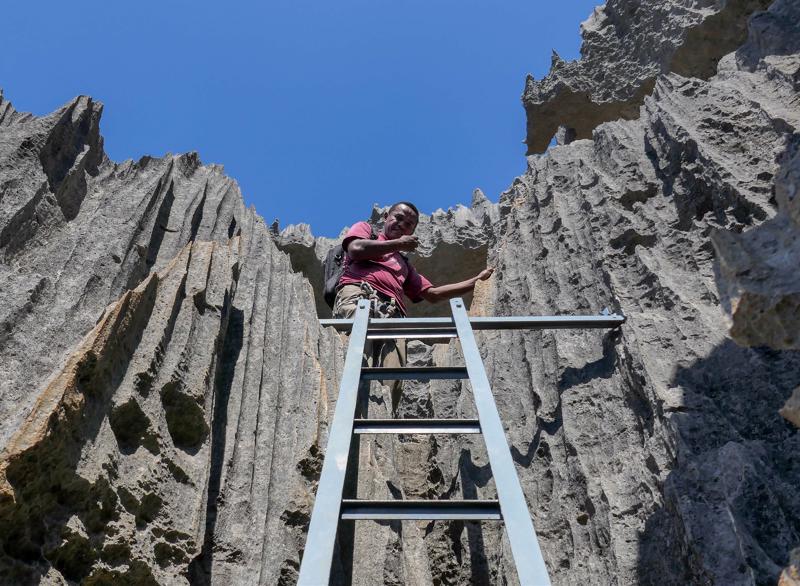

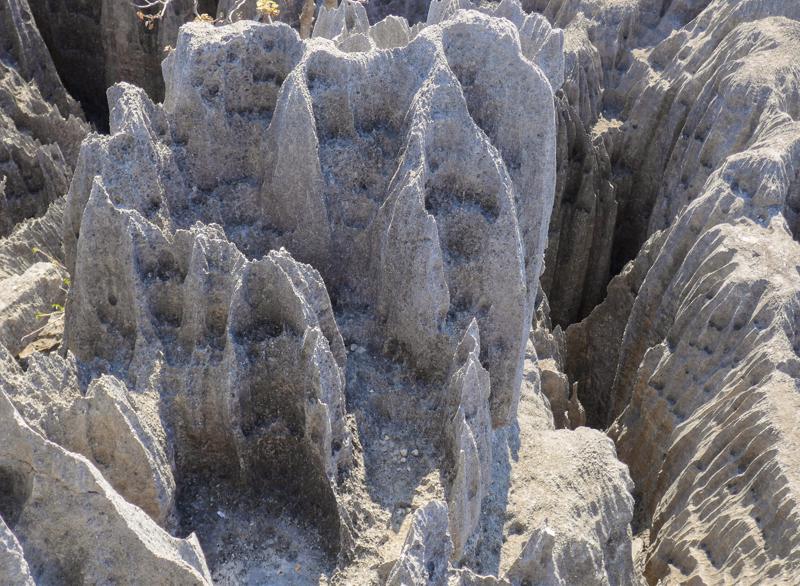
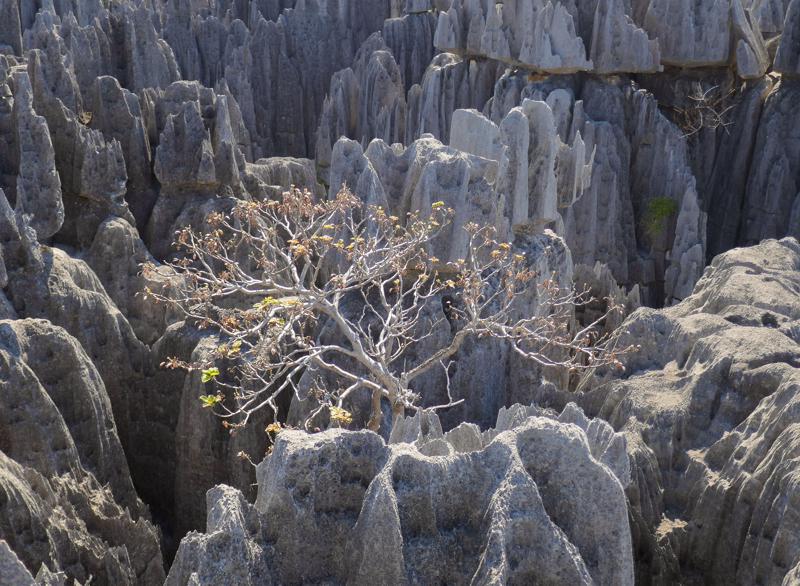
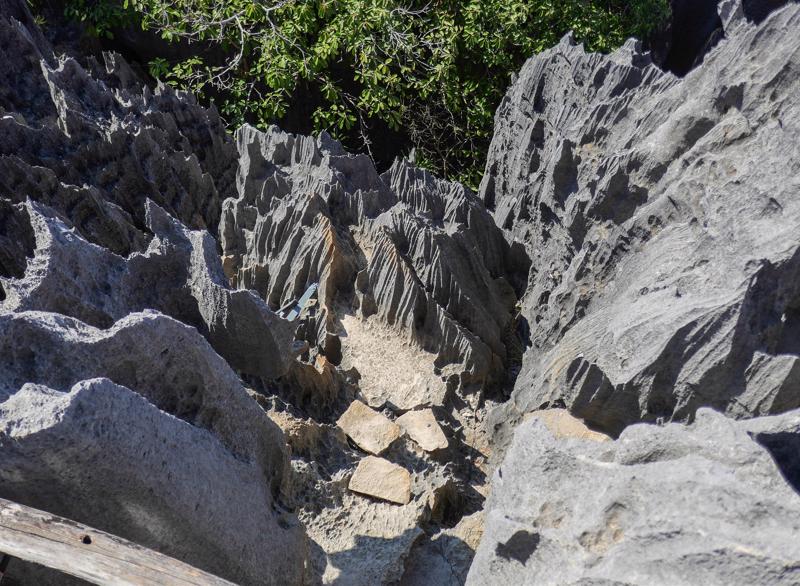


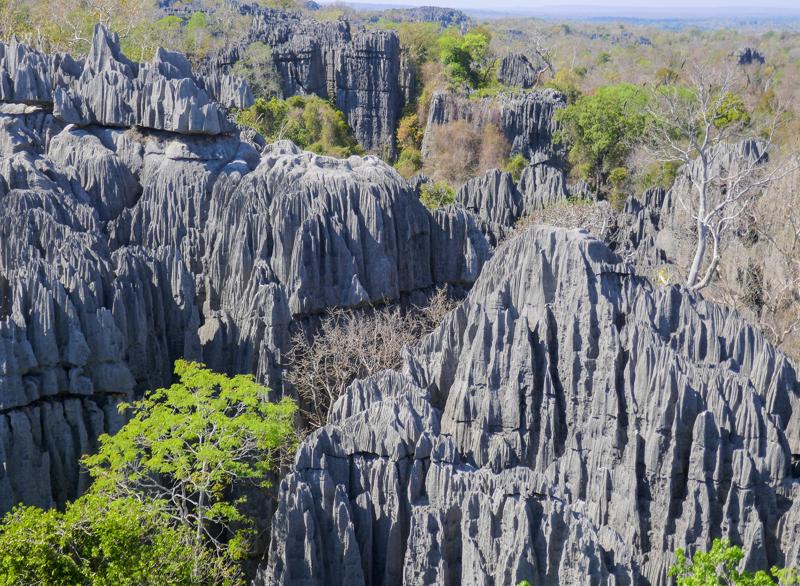


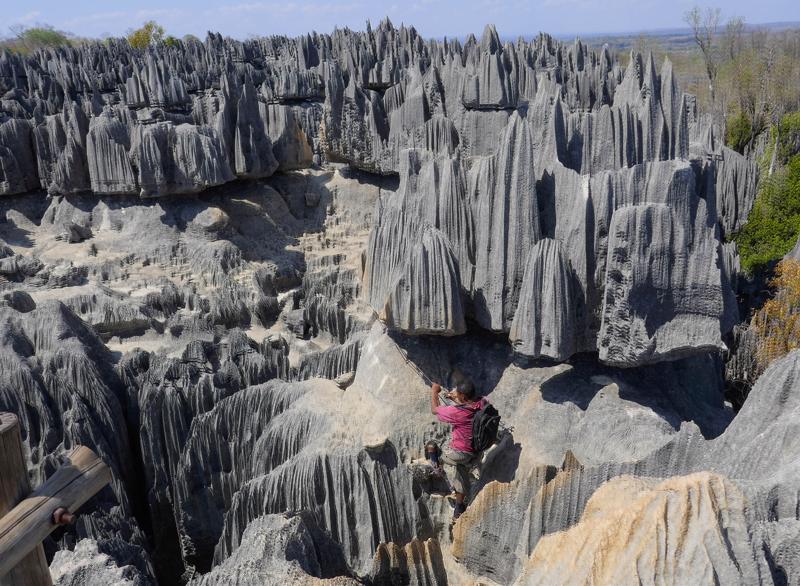
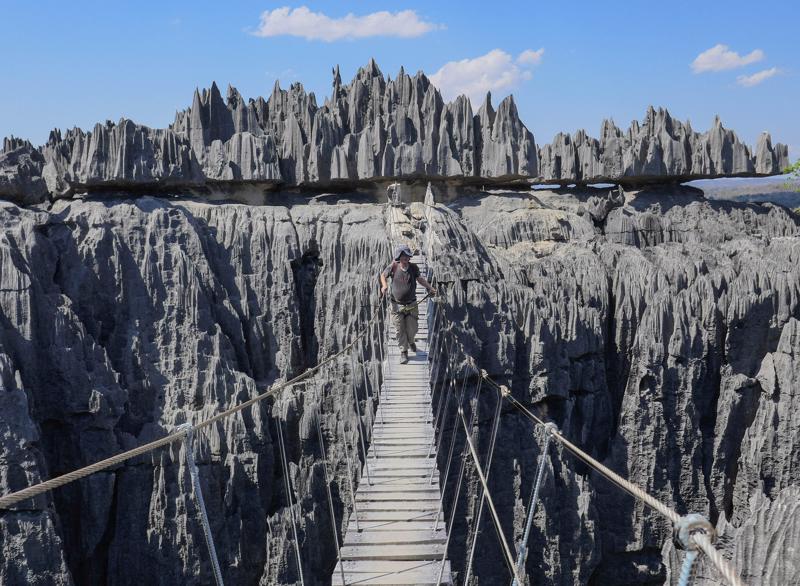
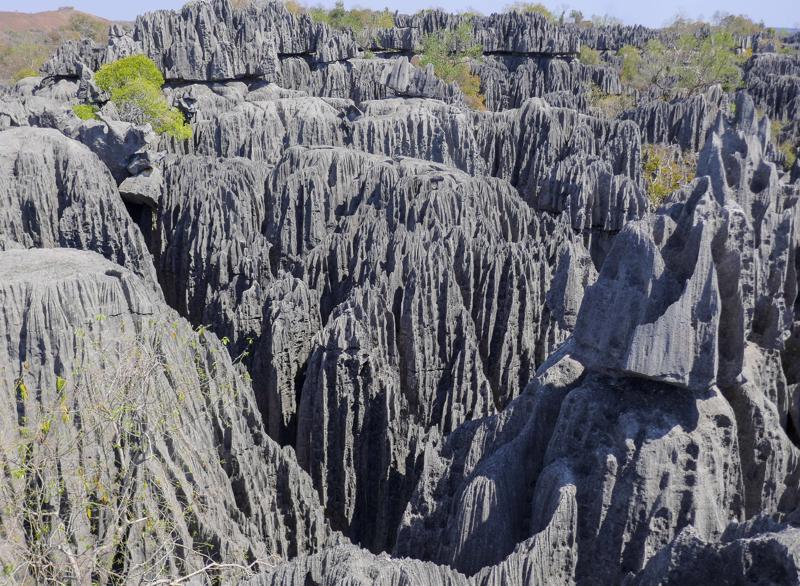
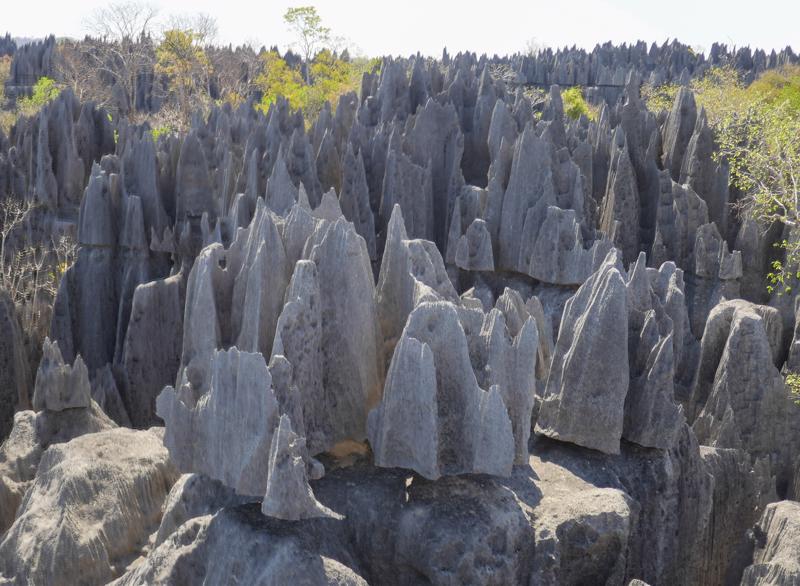
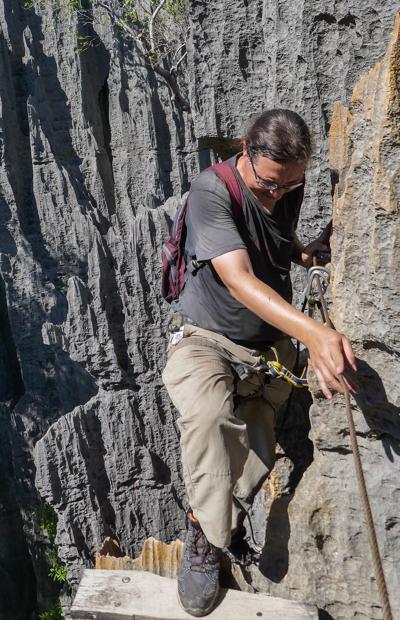

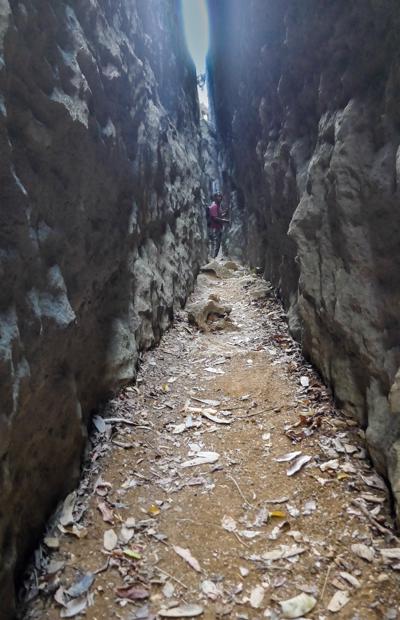


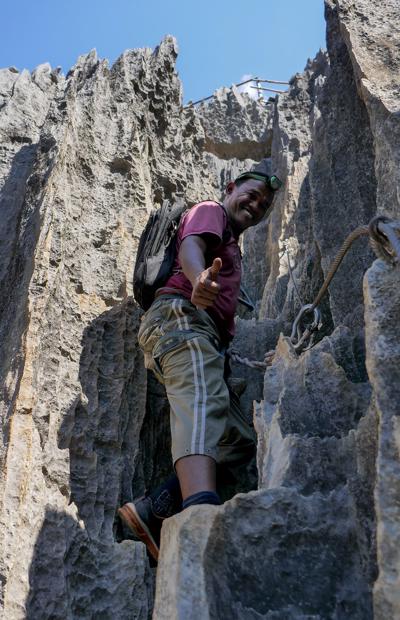
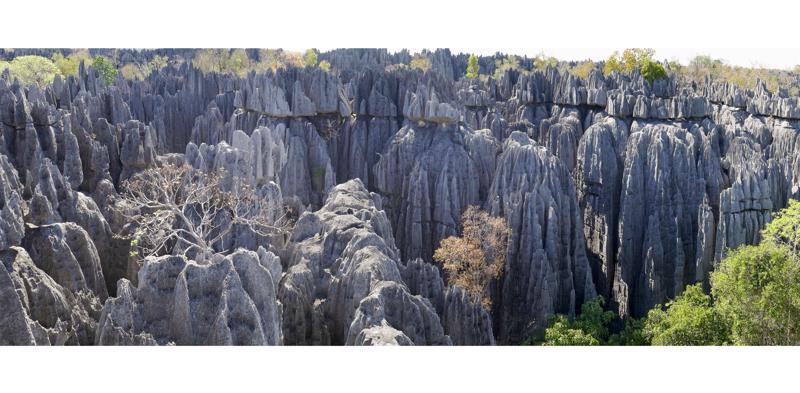

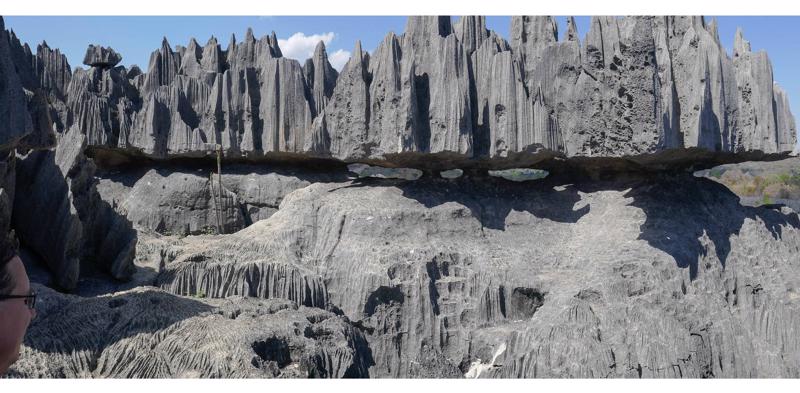
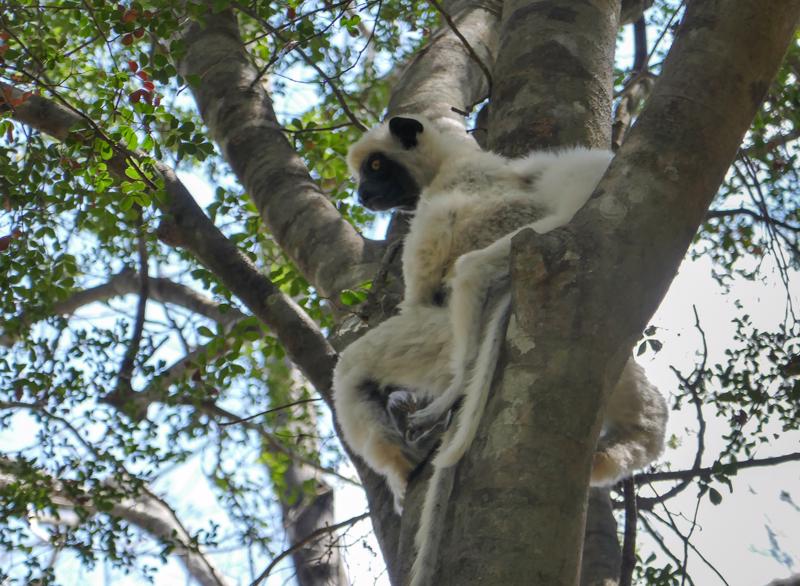

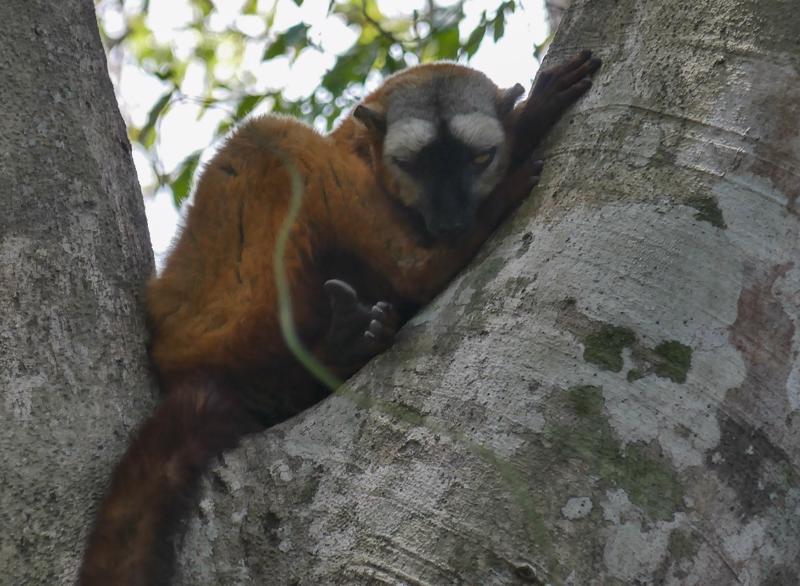
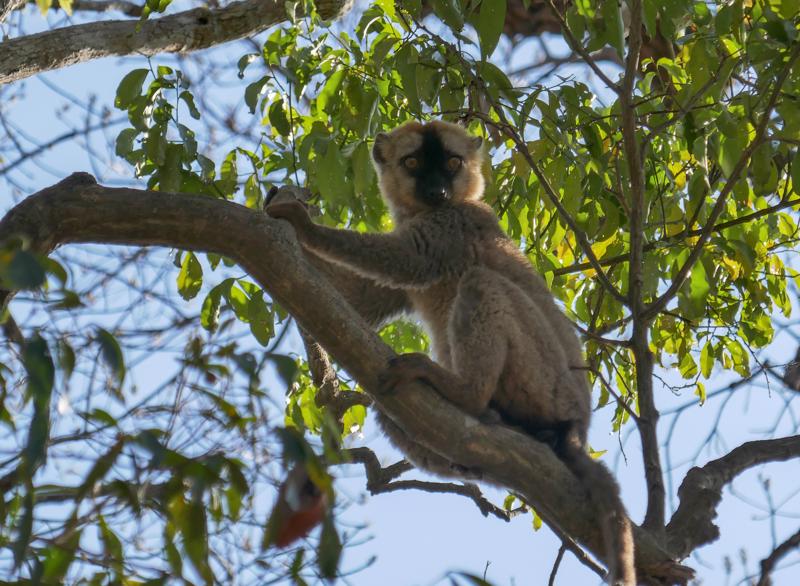
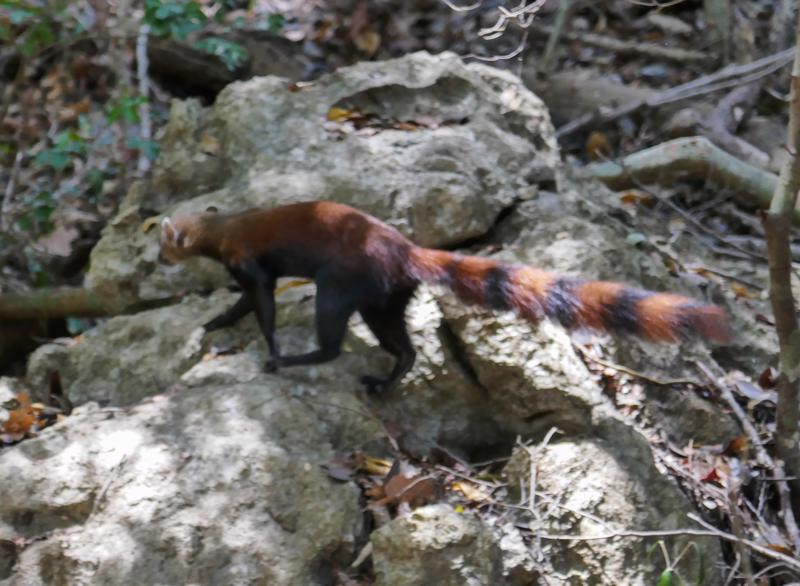

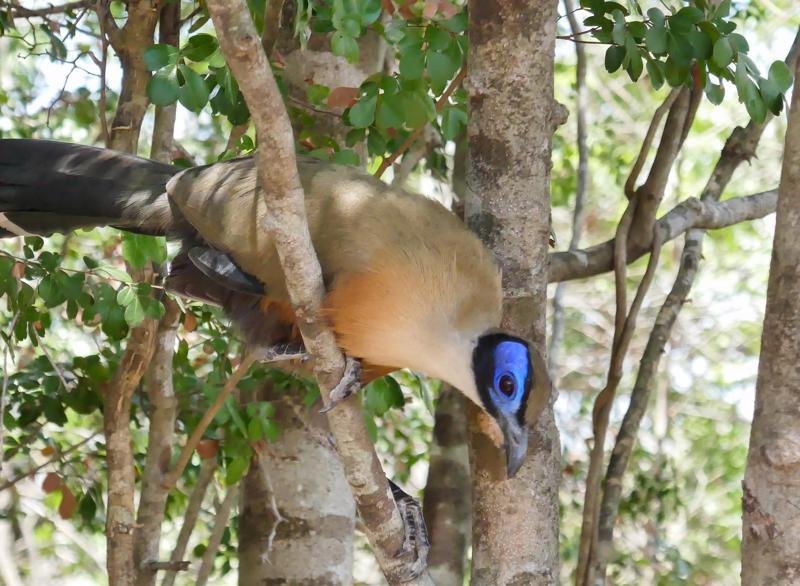
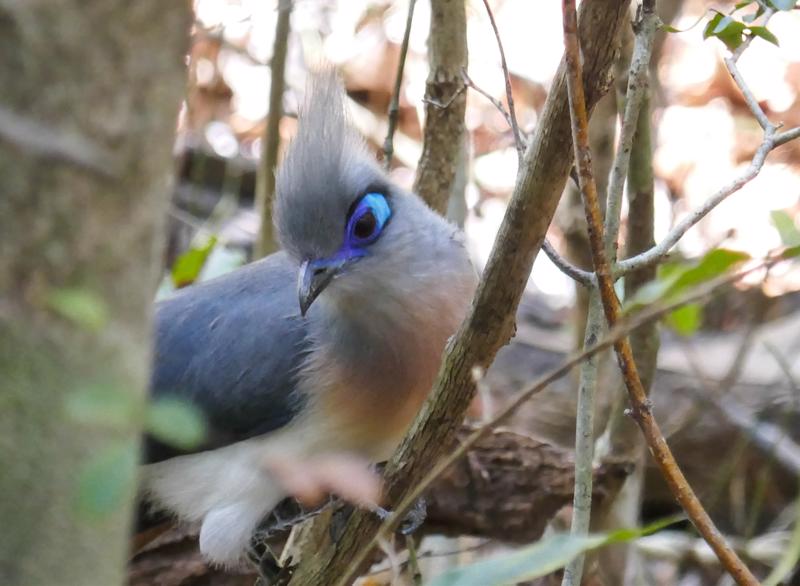
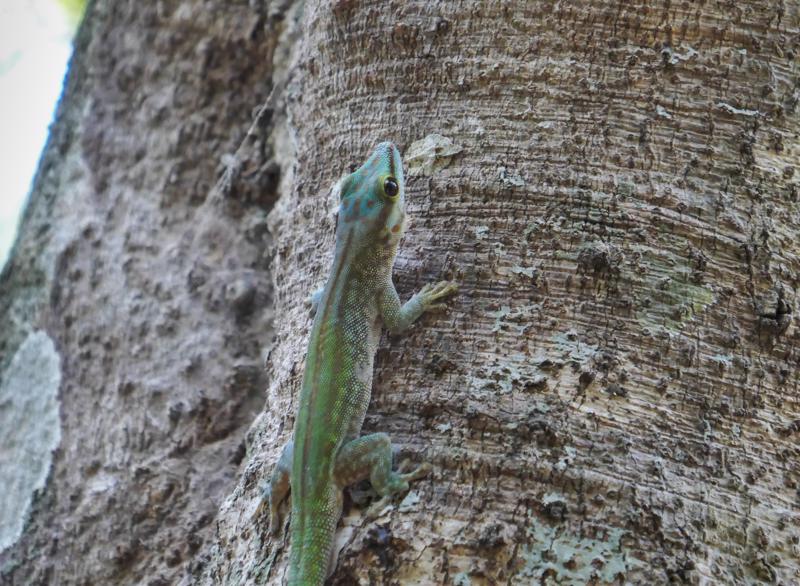

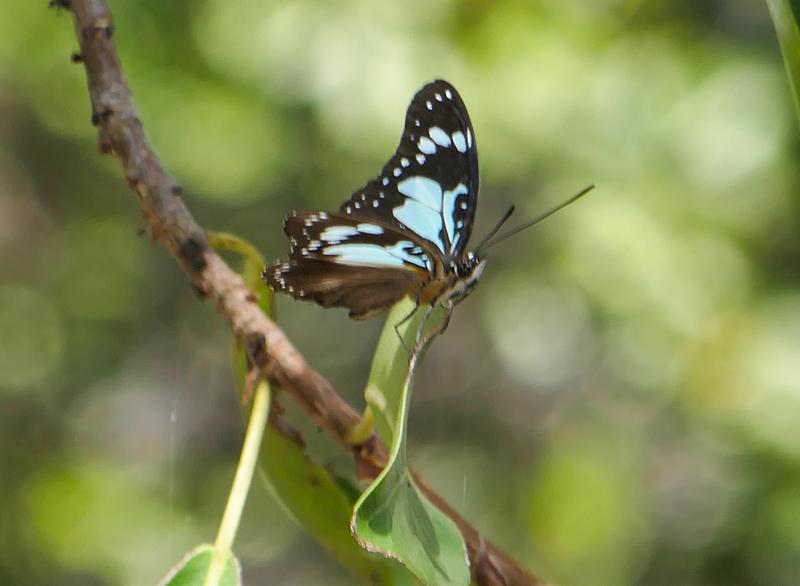
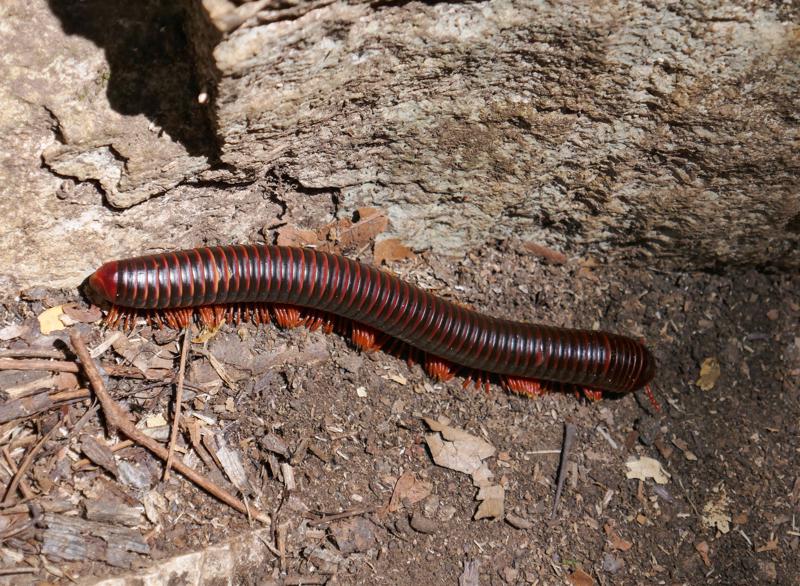
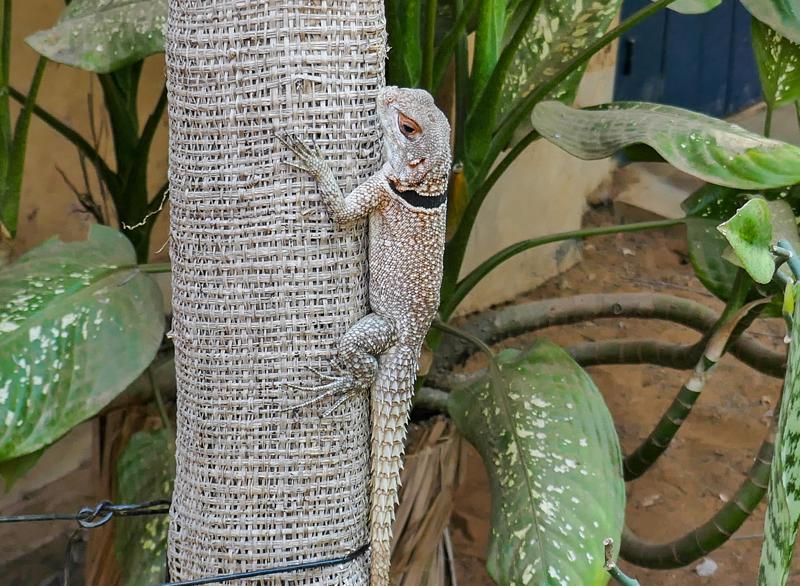
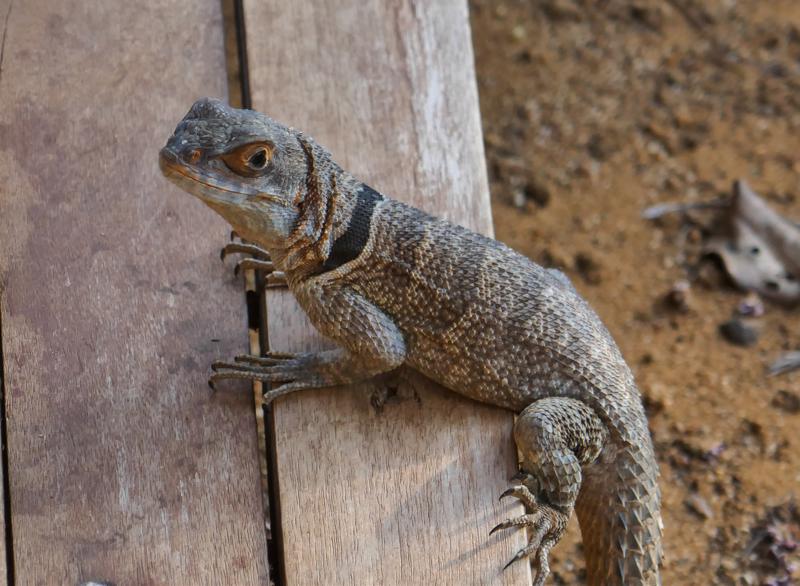
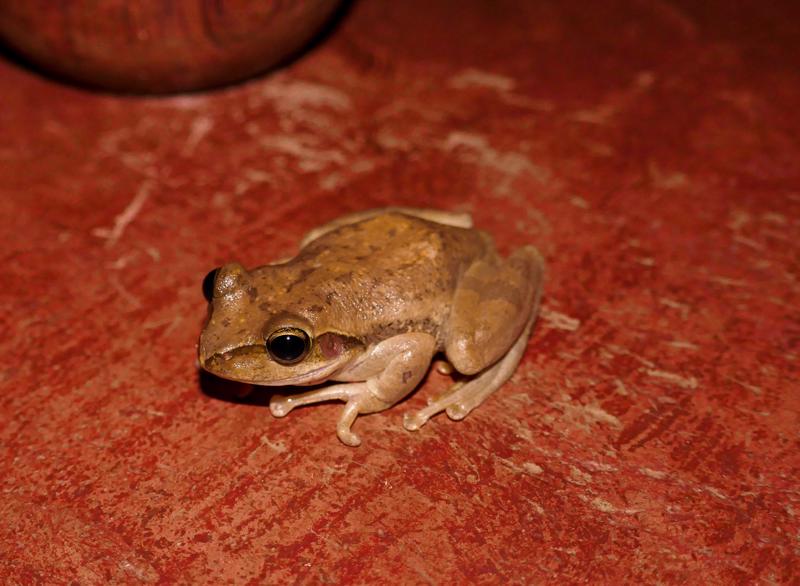
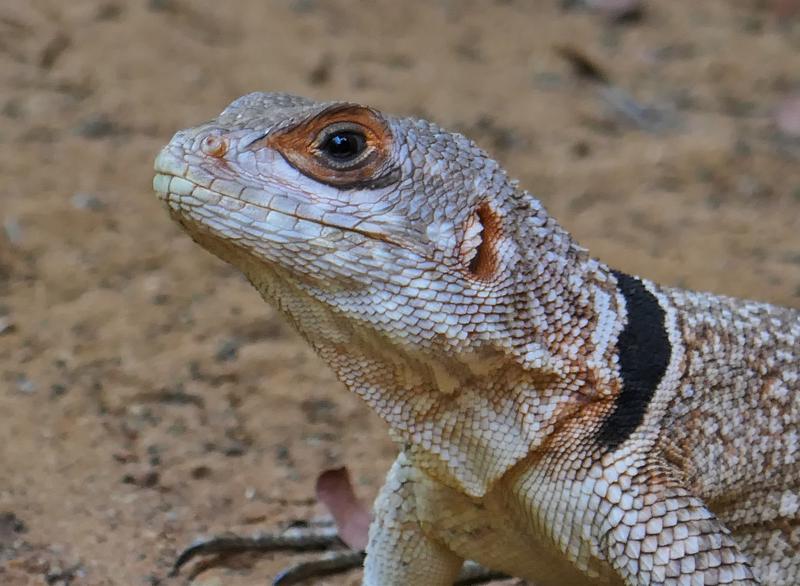
1.
[Madagascar] Chapter XIV: In which we cross the whole of South-East Africa without ever seeing it
2.
[Madagascar] Chapter XV: In which the machine of banknotes disgorges some millions of ariary
3.
[Madagascar] Chapter XVI: In which R does not seem to misunderstand in the least what is said to him
4.
[Madagascar] Chapter XVII: Showing what happened on the voyage from lemur to lemur
5.
[Madagascar] Chapter XVIII: In which a tummy, a taxi-brousse, and a city go each about its business
6.
[Madagascar] Chapter XIX: In which we take a too great interest in water, and what comes of it
7.
[Madagascar] Chapter XX: In which we come face to face with a cliff face
8.
[Madagascar] Chapter XXI: In which the master of the "Kofifi" runs great risk of gaining ariary
9.
[Madagascar] Chapter XXII: In which we find out that, even here, it is convenient to have some money
10.
[Madagascar] Chapter XXIII: In which our pause becomes outrageously long
11.
Summary of Part II and Onwards to Part III
Share your travel adventures like this!
Create your own travel blog in one step
Share with friends and family to follow your journey
Easy set up, no technical knowledge needed and unlimited storage!
© 2025 Travel Diaries. All rights reserved.